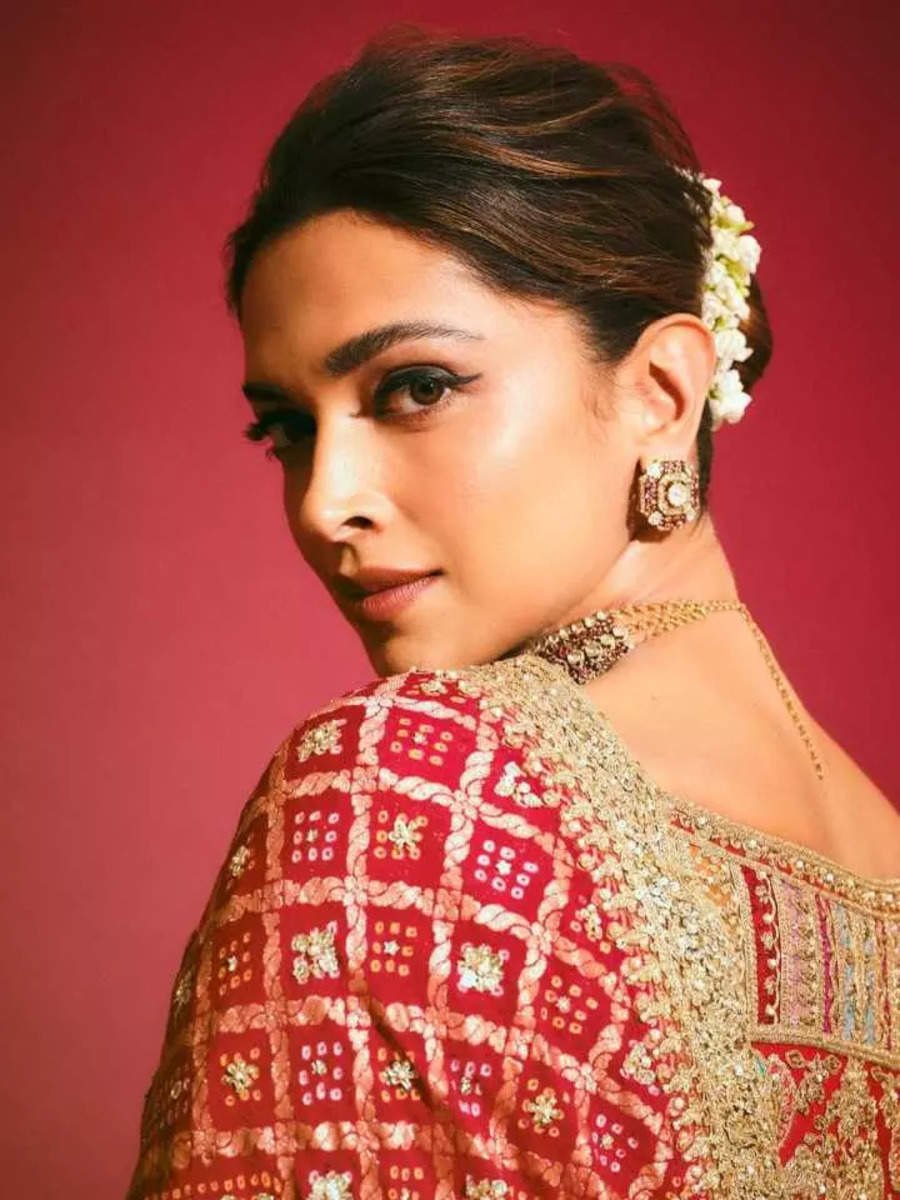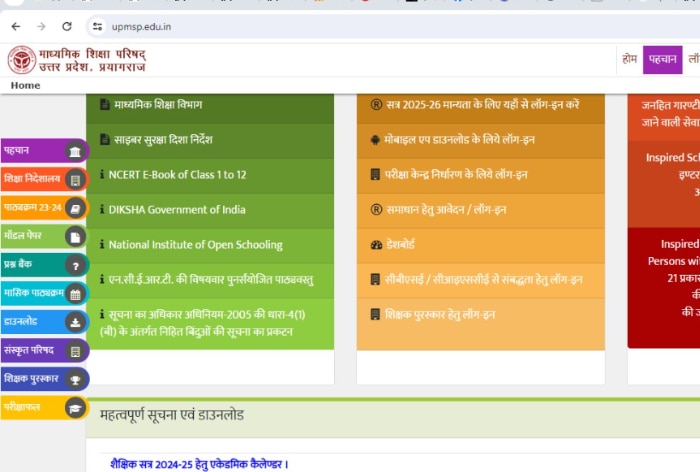As we all know, the state of Karnataka has a diverse population of individuals of all religions and backgrounds. Though Hindus make up most of the population of Karnataka, there are also many Muslims, Christians, Buddhists, and Jain residents. Unlike other Hindu or Christian Matrimony ceremonies, Kannada Matrimony rituals are a simple and joyous affair that is generally energetic.
The Hindu’s Kannada Matrimony traditions are a straightforward affair. The wedding rites and customs of Kannada people are usually basic and humble. The main goal is to perform the rites according to their culture. The following are some traditional Kannada matrimony rituals.
Nischay Tamulam
Basically, they’ll check the horoscopes of the potential bride and husband for an arranged marriage to find compatibility. Weddings will take place when all of the stars align which means a happy and prosperous future. Afterwards, the parents will finalize the match by exchanging betel leaves and betel nuts.
The kadda equivalent of a Kannada matrimony ceremony is Nischay Tamulam. Basically, the groom’s parents pay a visit to the bride’s home and present her with a saree, coconut, and sweets. The bride’s parents also pay a visit to the groom’s home to give him dhoti, coconut, fruits, and sweets. During this function, the priest usually decides on the date of the wedding.
Naandi
Naandi is an auspicious ceremony to seek the almighty’s blessings to guarantee the marriage goes smoothly. This rite, also known as a ‘Shastra,’ usually happens at the homes of both the bride and groom. The priest performs the ceremony to ensure that the couple has a blessed life filled with prosperity, health, and happiness.
Kaashi Yatra
This rite commemorates an age-old Kannada matrimony tradition in which the groom appears to walk away after arriving at the wedding place. He will threaten his family with a pilgrimage to Kashi, a sacred location because no one in his family is interested in finding him a perfect spouse.
His maternal uncle stops him and shows him the bride as he begins to walk away. When he hears this, the groom decides to postpone his trip. This is a custom in which the groom takes a walking stick, an umbrella, and some consumables like rice, coconut, and dry fruits.
Mandap & Var Puja
The term mandap refers to the space where all of the wedding rituals will take place. Before any of that, the priest does pooja to purify both the mandap and the wedding location. This is the Mandap Puja.
According to Hindu beliefs, the groom is the reincarnation of Lord Vishnu. His prospective father-in-law walks him to the wedding mandap and offers him a seat of distinction. The bride’s father washes his feet, and Var puja will come to an end.
Jaimala
They’ll hide the bride’s face beneath a peacock feather fan, and the bride’s sister escorts her by holding the fan for her. While the bride and groom are in the mandap, a cloth curtain is placed between them to prevent them from staring at each other. Once the priest begins his wedding mantras, they’ll lower the curtain to let them look at each other and exchange the varmalas/jaimalas.
Saptapadi
They’ll tie the end of the bride’s garment (usually the Pallu of her saree) to the end of the scarf that the groom wears. This knot represents the eternal tie. The couple then circles the sacred fire seven times, with the bride following the groom for seven circuits, each representing a pledge. These vows are to strengthen their marriage. This is the Saptapadi ceremony. After the Saptapadi, the pair sits, with the bride on the groom’s left.
Thaali
The Thaali ceremony officially marks the couple’s marriage. The groom ties the Thaali (the Mangalsutra) with the help of five married ladies around the bride’s neck. This is the final wedding ritual in a Kannada wedding, after which the couple seeks the blessings of their elders.
Okhli
Okhli is one of the most intriguing post-wedding customs. This is a game in which they’ll drop the groom’s ring into a large bowl of coloured milk or water. The bride and groom compete against each other to find the ring in three rounds. If the bride finds the ring three times, people will decide that she will be able to handle every obstacle that marriage has in store for her.
Vidaai
Before leaving for the groom’s house, the bride says an emotional and tearful goodbye to her family and paternal residence. They send her off to her in-laws’ house with gifts for setting up a new home, such as a cot, cooking equipment, an umbrella, and chocolates. The bride is accompanied to her new residence by her brother. He spends the night there before leaving the next morning.
Griha Pravesh
The ceremonial welcome that the bride receives when she arrives at her in-laws’ home is called Griha Pravesh or Mane Kamsudu. The term translates to welcome home. To greet the newlywed bride, her mother-in-law performs aarti at the entryway. A rice-filled vessel will be at the house’s threshold, and the bride has to kick it with her right foot. This symbolises the house’s outpouring of wealth and success after she arrives.






